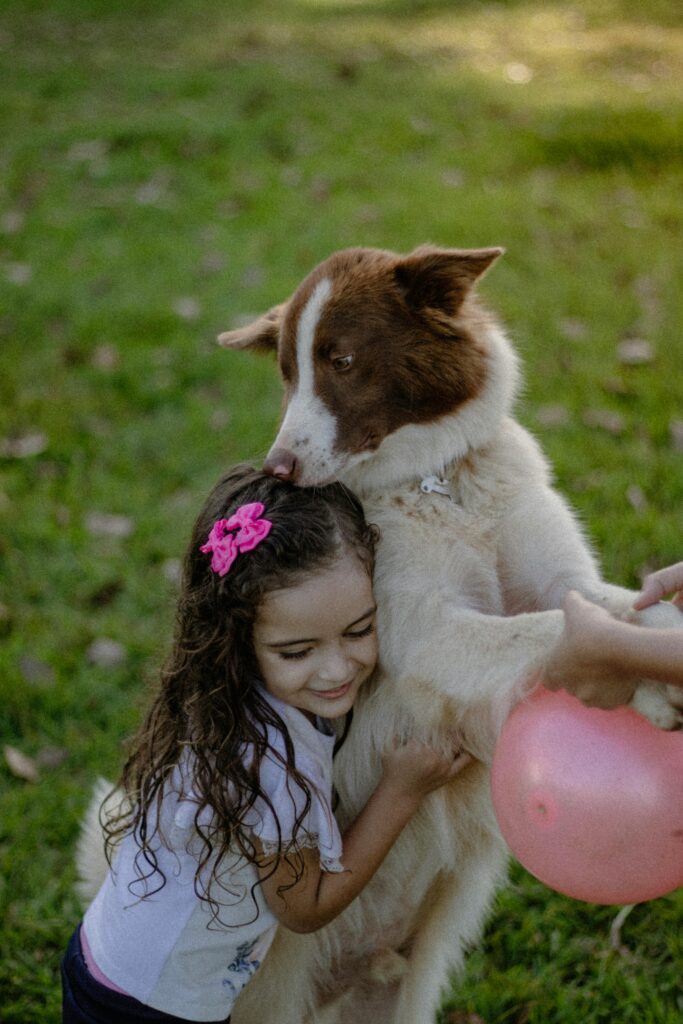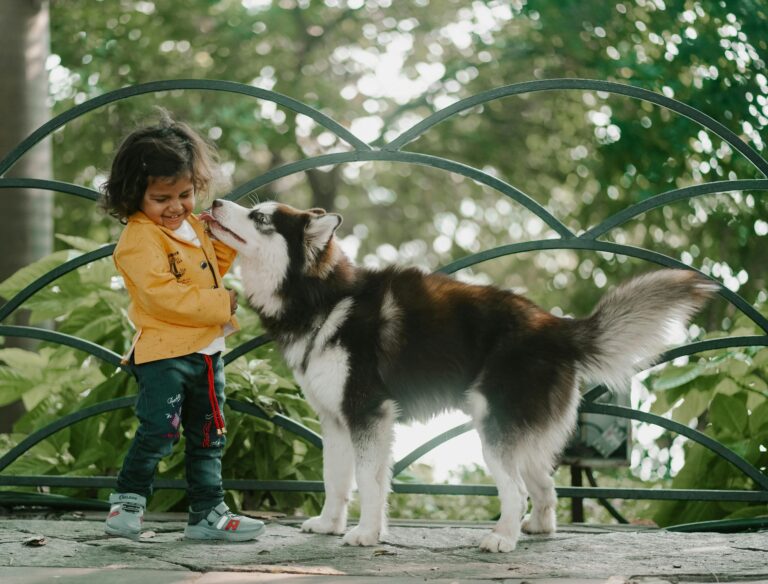Bringing a dog into a family with kids can be one of the most rewarding experiences. But without the right structure, it can also come with challenges. Whether you’re welcoming a new puppy, adopting a rescue, or simply looking to improve harmony in your household, the key to success is mutual respect, consistency, and clear communication.
As professional trainers at Off Leash K9 Training Houston, we’ve helped countless families create stronger bonds between their kids and dogs. Let’s walk through practical strategies to create a safe, well-behaved home environment where everyone thrives.

Why Dog Training Matters in a Family Setting
Many families assume their dog will “grow into good behavior,” especially around kids. Unfortunately, without proper training, your dog may learn to associate children with chaos, anxiety, or even fear. And on the flip side, kids need to learn how to respect a dog’s boundaries.
Training isn’t just for the dog. It’s about shaping the entire family dynamic.
Key benefits of training for families:
- Reduces the risk of biting or aggressive behavior
- Prevents accidents like jumping, knocking over toddlers, or guarding toys
- Builds a positive bond between kids and pets
- Teaches kids about responsibility, empathy, and consistency
- Creates a calmer, more predictable home environment
Start With the Basics: Clear Rules for Everyone
Training begins with clarity. Everyone in the household should understand the same rules for the dog. Consistency between family members helps the dog understand expectations and feel secure.
Set shared expectations like:
- Is the dog allowed on furniture?
- Who is responsible for feeding and walking?
- What commands are used (e.g., “Off” vs. “Down”)?
Using consistent marker words is one of the most effective ways to reinforce clear communication between dogs and handlers. If you’re unfamiliar with how to implement them, we explain their importance in our post on why marker words matter in dog training.
Supervise and Structure All Interactions
No matter how friendly your dog is, all interactions between kids and dogs should be supervised. This keeps everyone safe and ensures that both parties are learning what’s appropriate.
Teach kids to:
- Approach calmly and ask before petting
- Avoid pulling ears or tails
- Respect the dog’s space when eating or resting
- Recognize when a dog is overstimulated or needs space
Set up structured activities like supervised fetch, training games, or short walks with a parent guiding the child. These experiences teach cooperation and shared responsibility.
The Power of the Place Command
One of the most useful tools for families is the “place” command. It gives your dog a calm, defined area to relax when the household gets busy. This command becomes especially helpful during:
- Mealtimes
- Playdates or birthday parties
- Homework time
- Infant nap schedules
Training your dog to remain in their place creates peace and prevents accidents. Our Basic & Advanced Obedience Program is designed to teach this foundational skill with distractions, making it ideal for high-energy households. Learn more about how this works by visiting our Basic & Advanced Obedience Program.
Age-Appropriate Responsibilities for Kids
Getting kids involved in training helps reinforce commands and creates accountability. But not all tasks are suitable for every age. Here’s a quick guide to responsibilities by age group:
Ages 3–5:
- Help refill water bowl
- Practice calm petting and sitting near the dog
Ages 6–9:
- Practice basic commands like “Sit” and “Come” with supervision
- Brush the dog or help with feeding
Ages 10+:
- Assist in daily walks with supervision
- Participate in training sessions
- Reinforce obedience commands regularly
Including your kids in training not only improves your dog’s behavior, it teaches life-long lessons in leadership, patience, and consistency.
Practice, Praise, and Patience
Training in a family home won’t always be perfect. Your child might drop the leash. Your dog might ignore a cue. That’s okay. What matters most is that you stay committed and positive.
- Keep sessions short and fun (5–10 minutes for young kids)
- Use food or play rewards for the dog
- Celebrate small wins together as a family
Play-based reinforcement is a great way to keep dogs engaged. If you’re looking for ways to incorporate games and fun into your daily routine, check out this article from the AKC about puppy training class formats that often include child-friendly learning.
Common Mistakes to Avoid
To ensure long-term success, avoid these pitfalls:
- Inconsistency: Mixed signals confuse your dog and frustrate your kids.
- Punishment-based training: This can damage the trust between your dog and child.
- Allowing unsupervised roughhousing: This can lead to unintentional injuries or fear responses.
- Assuming “the dog should know better”: Dogs need guidance and repetition, just like kids.
Building a Lifetime Bond
At the end of the day, the goal isn’t just obedience. It’s about trust. When kids and dogs are raised in an environment of structure, safety, and respect, their bond becomes a lifelong friendship.
If your family needs help creating that foundation, professional training can take the guesswork out of the process. Our trainers specialize in tailoring programs to your household dynamic, including working directly with kids during sessions when appropriate.
Ready to strengthen your family’s bond with your dog?
Let us help you build better behavior, respect, and trust at home. Contact us today to schedule your evaluation.

